Popsa Becomes a Certified B Corp: What It Means and Why It Matters
How we balance cutting-edge AI technology with a deep commitment to the environment and social good.
Read more
7 min read
At Popsa, we're passionate about creating beautiful, personalised products that capture your memories. As we've grown, we've realised that our impact goes beyond just the emotions we’ve brought to our customers – it extends to the environment too. That's why since 2022 we’ve embarked on a journey to understand our social and environmental sustainability and find ways to be better as a company. We've already begun taking small, meaningful steps in the right direction, which will ultimately create a significant impact as we continue to grow. We decided to share some of our journey, showcasing both our achievements over the last few years but also identifying areas we aim to improve.
Before we could implement positive changes, we first needed to understand our environmental impact. Every physical product contributes to carbon dioxide emissions at various stages of its lifecycle—from raw material extraction and manufacturing to transportation, use, and disposal. Recognising that our most significant impact comes from the production and delivery of our products, we chose to address this area as our top priority.
Back in 2022, we conducted a Life Cycle Assessment (LCA) of all our products. Given the project's extensive scope, we focused on three key phases to start with: Materials, Manufacturing, and Delivery, creating a Cradle-to-Customer [1] assessment. Working closely with our suppliers, we documented every material and process in our production and delivery chain. Then using secondary databases such as Ecoinvent we calculated our footprint for every single product we produce.
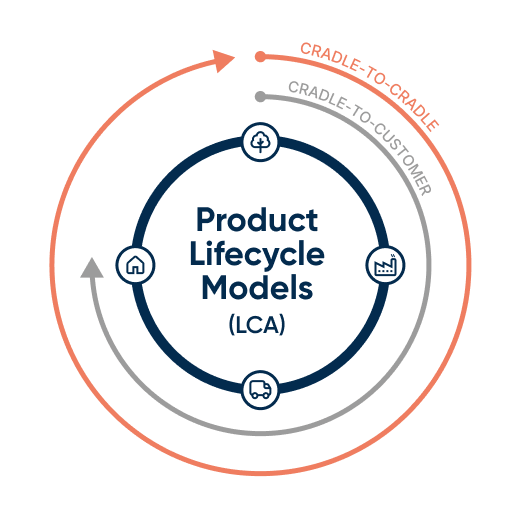
Using this data we were able to calculate our 2022 physical footprint, as 933 tonnes of CO2 equivalent (tCO2e) [2] for over a million orders produced and shipped. To give you a sense of scale, that's comparable to the annual carbon footprint of 73 people [3] or the electricity required to power 184 homes [4] for an entire year. We will be using this figure as our baseline footprint moving forward that will allow us to track our progress.
For 2023, despite Popsa's year on year growth, we proudly reduced our physical footprint by 26 tCO2e, bringing the total down to 917 tCO2e. This achievement reflects the impactful steps we've already taken, from transitioning to more sustainable materials to refining our processes.
As we continue to expand, we’ll be using carbon intensity based on revenue, as our main metric to track our footprint. While our total overall emissions may increase with our growth, this approach ensures that we’re becoming more efficient and sustainable in relation to our size. Our carbon intensity score for 2023 was 43.1tCO2e/£1m revenue, which was 3.3% lower than the previous year, and we will continue to report on this at the end of every year through our yearly Impact Report. You can also track our live carbon footprint and other environmental and social sustainability metrics over on our Sustainability Tracker (updated quarterly).
Conducting an LCA not only enabled us to determine our yearly carbon footprint, but also provided valuable insights into our performance across different areas. It shed light on both our strengths, and areas where improvements are needed, allowing us to start creating a plan of action.
Plant Based
Over 80% of what we produce is made using paper which is not only plant based, but super biodegradable and one of the most widely recycled materials on the planet. This helps make paper an extremely sustainable product. What's more, all paper used in our products is FSC certified and comes from sustainable sources. This means for every tree used to make paper, another is grown in its place.
Built to Last
While both virgin and recycled paper have its benefits, we opt for virgin paper from FSC-certified sources over recycled paper to maintain superior print quality and ensure stringent control over sourcing. This choice guarantees our products meet the highest print quality while supporting sustainable forestry practices.
Made to Order
All our products are made to order meaning we only produce what is needed, and nothing is thrown away. We also print everything digitally which has a lower carbon footprint than other more traditional printing methods. While digital printing does consume more energy and ink/toner compared to offset presses, it minimises the use of chemicals, requires less water, and generates less waste compared to offset or lithographic printing [5].
Locality
Our location of print facilities in each region globally means shorter delivery distances to our customers resulting in a lower delivery footprint. We are also working to add more facilities to improve this further.
Materials
We found some of our materials have larger emissions associated when compared to more sustainable options, including the plastics we use for Photo Tiles. After extensive testing we switched to using 100% recycled plastic for our Black Photo Tiles, resulting in a 60% lower carbon footprint compared to the previous material while still keeping the quality. Since January 2024 these new Photo Tiles are now in circulation and estimated to save around 24 tCO2e this year.
Single use plastics
We identified the use of single-use plastics in some of our packaging, including shrink wrapping our Photobooks. In March 2023, we conducted a trial to eliminate plastic wrapping for all books produced at our UK and US production sites. The initiative proved successful so we can now proudly say all our packaging is plastic free across all our sites. Not only does this prevent around 1.79 tonnes of plastic from ending up in landfill but also avoids an estimated 5.46 tCO2e from being emitted into the atmosphere this year.
Renewable energy
Although some of our facilities already use 100% renewable energy, we're working closely with our suppliers and energy providers to extend this practice across all our operations.
Wastage
While we don’t send anything to landfill, we acknowledge that our processes generate a significant amount of paper offcuts and wastage. We're currently working on optimising our processes to reduce waste and minimise environmental impact. In August 2023 we successfully eliminated our use of Silver Halide globally. This significant shift has already resulted in an estimated saving of over 100,000 litres of water from 3.25 million prints, as well as the various chemicals used.
This is just the beginning of our sustainability journey and we're committed to setting ambitious targets to reduce our emissions in line with global climate goals. We'll be exploring everything from more sustainable materials to energy-efficient production processes. Take a sneak peek at our upcoming initiatives below:
We were thrilled to announce our exciting partnership with Futureproof, a leading sustainability software and platform dedicated to helping businesses make a positive impact on both people and the planet. We will be working closely with them moving forward to ensure the actions we take really do make a difference. Sustainability can be a complex and ever evolving landscape and having Futureproof to guide us on this journey will be invaluable.
Achieving net zero by 2050 is the ultimate global sustainability goal, but we're committed to doing it the right way. Rather than rush to join the trend, we believe in fully understanding the complexities of our carbon footprint and creating a clear, actionable roadmap to reach net zero. It's not just about hitting a target; it's about making meaningful, lasting changes that truly reduce our environmental impact. We will be building out this roadmap over the next year, but we will ultimately achieve this by doing the following:
1. Offsetting
Since the start of 2024 we have been offsetting the footprint for every order we produce. These projects include renewable energy initiatives, clean cookstoves and clean water community programs, and forest conservation projects. You can see our progress and some of the projects we have invested into at our live Climate Action page.
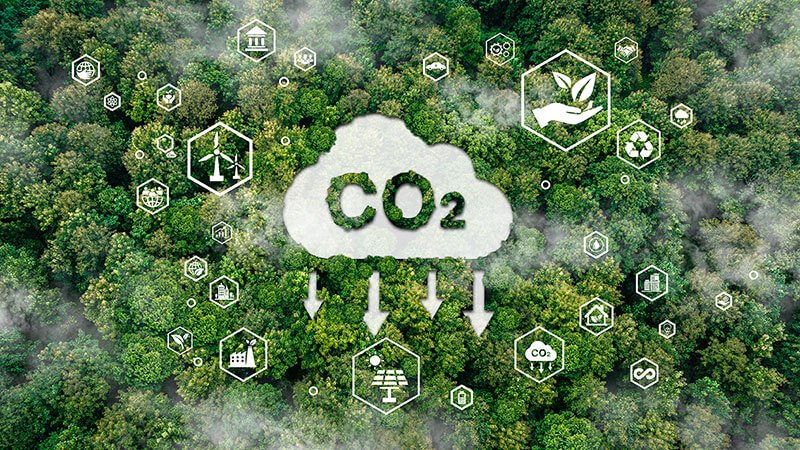
2. Reducing
We've already made strides in reducing our footprint by adopting more sustainable materials and refining our processes. With additional initiatives in the pipeline, we're actively developing a comprehensive roadmap to guide us toward achieving Net Zero.

3. Removing
After we've reduced our footprint as much as possible, our focus will shift towards actively removing CO2 from the atmosphere. While technologies like Direct Air Capture (DAC) are still developing, they are rapidly advancing and will be vital in the fight against climate change. In addition to this, we’re exploring natural methods of carbon removal and storage, such as investing in blue carbon sinks along coastlines and marine habitats. We're keeping a close watch on these innovations and will collaborate with environmental agencies to begin CO2 removal efforts in the near future.
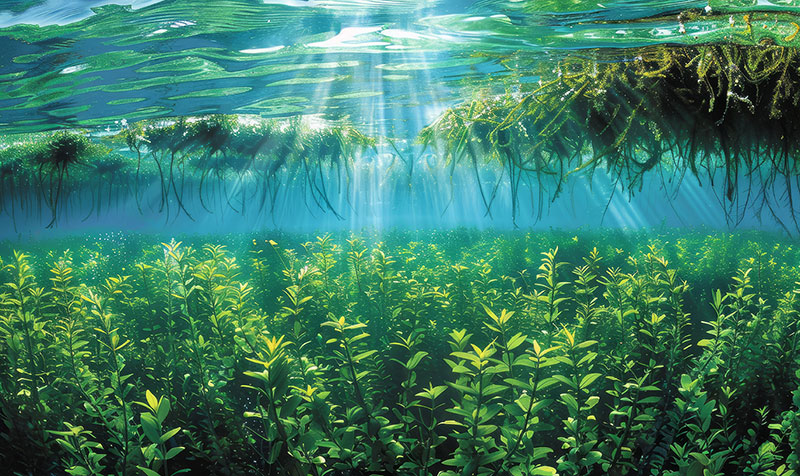 By taking this approach, we're ensuring that our journey to net zero is both responsible and effective, setting a solid foundation for a sustainable future.
By taking this approach, we're ensuring that our journey to net zero is both responsible and effective, setting a solid foundation for a sustainable future.
We are continuing to look at more sustainable materials and processes in the manufacturing of our products. As with our Black Photo Tiles we have now managed to produce a high quality 100% recycled plastic White Photo Tile which should be in circulation by the end of the year also.
While we've concentrated on reducing our physical footprint, we recognize that our digital operations also carry an environmental impact. Our future plans will include exploring the effects of our cloud storage, server hosting, advertising, and other digital activities.
We believe B-Corp is the gold standard of accreditations that align strongly with Popsa’s core values. This is why we are working hard to achieve B-Corp certification and join some of the inspiring companies leading the way. This is a lengthy audit that touches many areas of the business including Environment, Social and Governance (ESG), and will keep you updated on our progress.
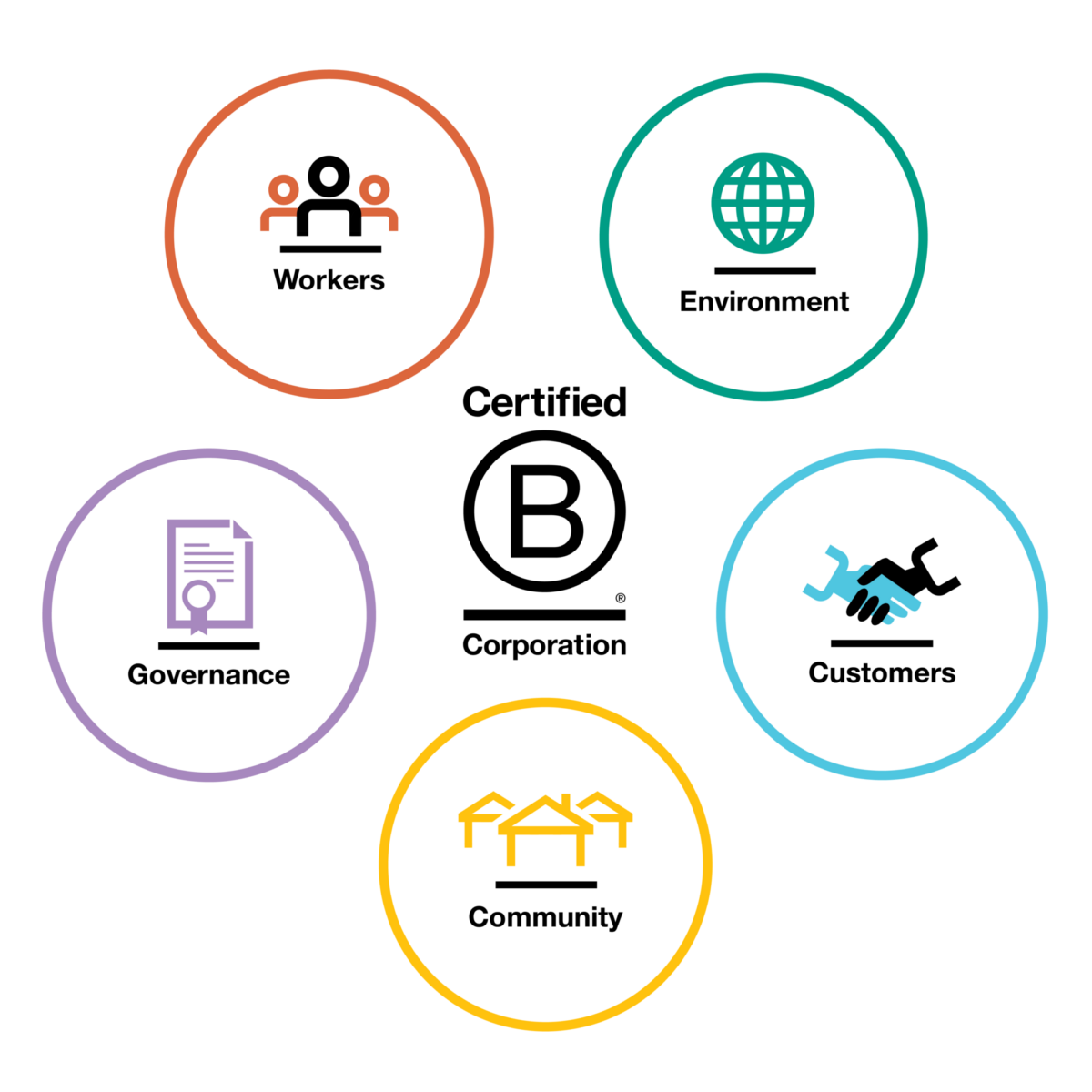
LCAs are intended for continuous improvement, and future updates will incorporate the End of Life phase, advancing towards a Cradle-to-Cradle system to fully assess our products' impact throughout their entire lifecycle.
Transparency is key in sustainability, so we'll be sharing our progress with you along the way via our yearly impact reports which you can view here. After all, the memories we help our customers to preserve are meant to be enjoyed for generations to come – and we want to ensure we're doing our part to preserve the planet too. Stay tuned for more updates on our sustainability efforts.
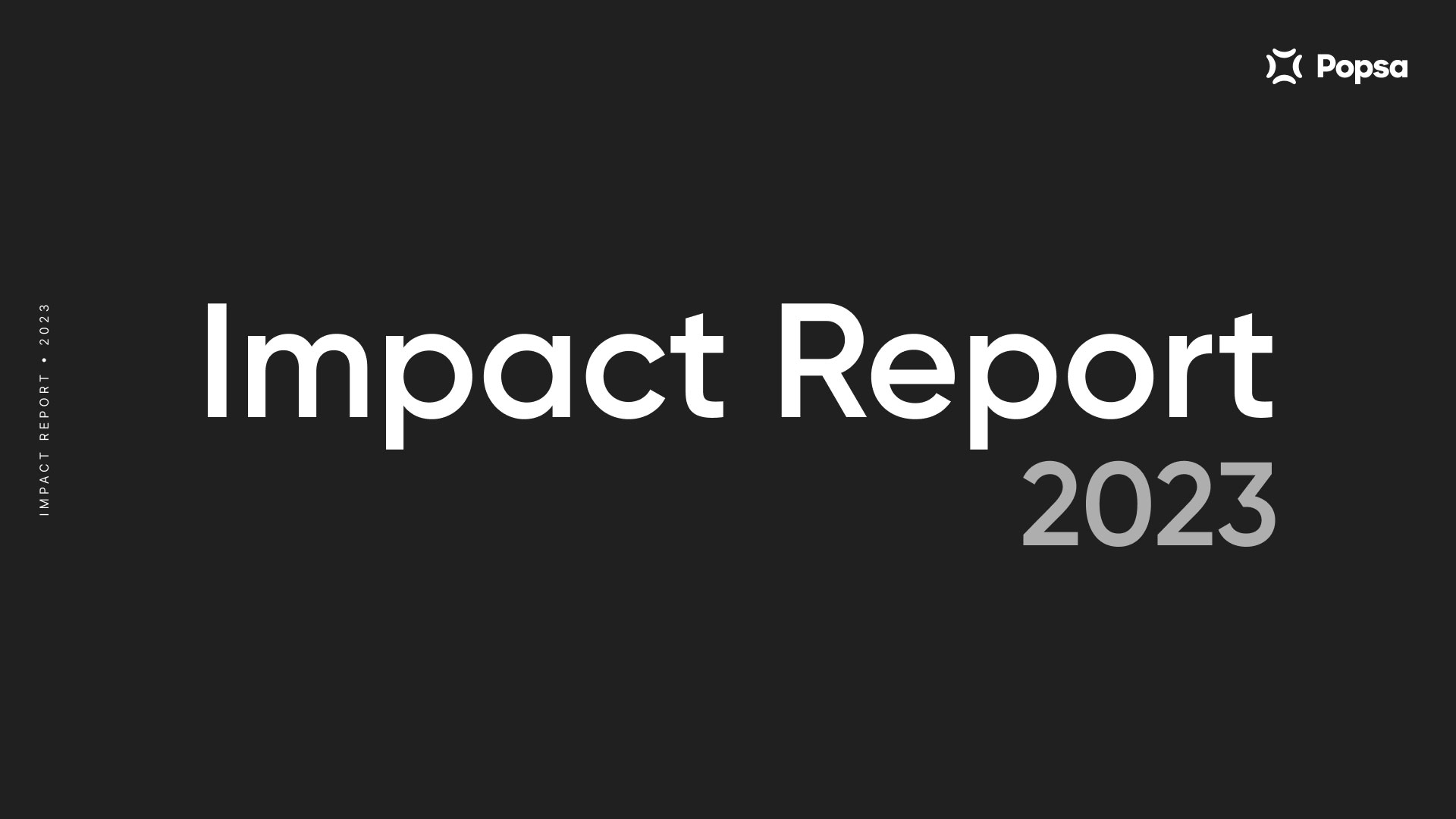
Download 📄 Impact Report 2023
[1] Currently excludes all upstream processes related to the extraction, processing, and transportation of raw materials till more data is collected.
[2] CO2e is the unit of measurement for the impact of different greenhouse gases (GHGs) on global warming.
[3] https://www.pawprint.eco/eco-blog/average-carbon-footprint-uk
[4] https://www.epa.gov/energy/greenhouse-gas-equivalencies-calculator#results.
[5] https://eartheclipse.com/environment/environmental-benefits-digital-printing.html